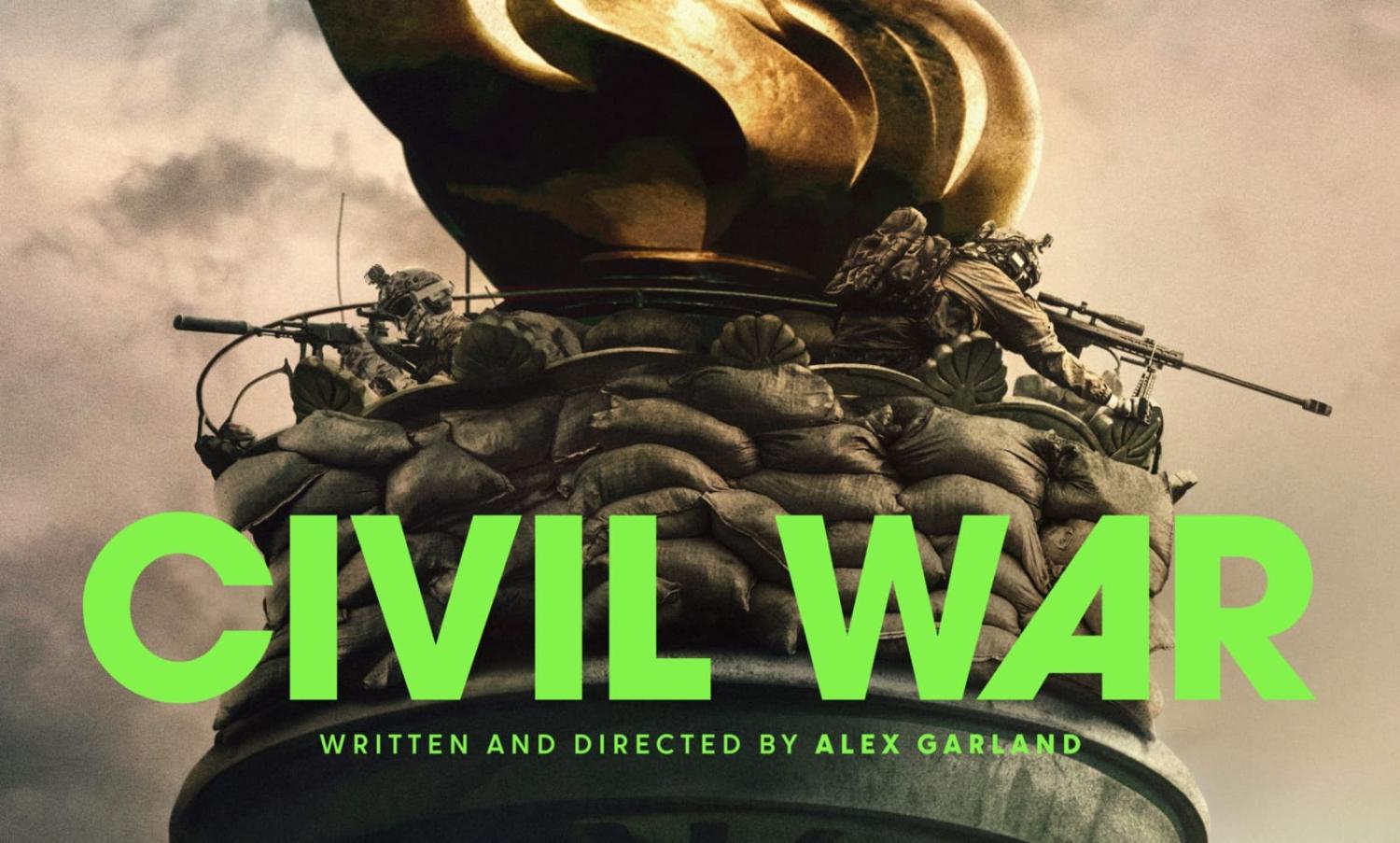Civil War has quickly entered the American zeitgeist, and one of the most frequently noted themes in commentary about the film is the opacity of its politics. You would expect that, in the febrile pre-election atmosphere created by the spectre of Donald Trump’s re-election, a film about a US civil war set in the present day would have something to say about contemporary American politics. But politics is almost completely absent.
The film begins with the war already underway. We then follow a small group of journalists trying to make it from New York to Washington DC as fighting rages around them. Throughout, we are given scant details about how the United States came to be divided, and what political principles the various combatants are defending. If you’re looking for straightforward allegories about Trump or the 6 January rioters, you won’t find them in Civil War.
So, if not a warning about right-wing extremism, what is Civil War? It can be read as a straightforward anti-war film, and on that level it succeeds. It’s often said that all anti-war films wind up glamourising war, but Civil War offers mostly terror and emotional exhaustion. If you thought the opening beach landing sequence of Saving Private Ryan was brutal, try to imagine a smaller scale film but with the same level of tension and anxiety for its entire running length, with only short moments of respite.
Still, if this is purely an anti-war film with no ambitions to say anything about modern American politics, why set it in the United States at all? And why show the destruction of world-famous Washington landmarks? If there is no political subtext to these sequences, we’re left to conclude that Civil War is offering only a lurid spectacle, more artful than Independence Day, which in 1996 became the first movie to show the destruction of the White House, but with the same intent.
If not a straightforwardly political film, Civil War certainly is a movie about journalism. It will doubtless attract Oscars attention, and not just because it is so well made. Hollywood is a receptive audience for stories about American decline. The Academy also loves films depicting journalists as brave storytellers who speak truth to power, because that’s exactly how Hollywood likes to imagine itself.
And yet, if journalists are the heroes, then it’s of a peculiar kind. There’s no doubting the bravery of the main characters, but the closing scene leaves you wondering what all that bravery is in service of. It’s impossible to relate the final exchange of dialogue in the movie without major spoilers, but the journalist we know only as “Joel” asks a question and then makes a quip which are both so trite and so unequal to the gravity of the moment that I assumed director Alex Garland intended it as a dark joke about the superficiality of journalism. It was only later that I read that Garland felt Civil War was a “homage to old-fashioned journalism” (warning: major spoilers at that link).
In this context, it’s interesting to note the absence of the internet in Civil War, other than a few references to “uploads” and slow Wi-Fi. Given Garland intended to produce a heroic account of journalism, this might be a deliberate omission, since it would only draw attention to the competition. There are no citizen journalists in Civil War, no bystanders posting about troop movements on social media, and no soldiers uploading combat footage to the internet. There are only journalists operating in an almost pre-internet world, even including the use of film cameras.
There’s one other notable absence from Civil War. The fighting scenes are so immersive, so gripping and occasionally so terrifying that it is probably unfair to suggest they might have been improved upon. Yet I was expecting to see references to the Ukraine war. There are at least two scenes where small drones with makeshift warheads would have come in handy for the combatants and offered a chance for the film to nod to contemporary events in Europe.
The Ukraine experience is also ignored in a sequence depicting a helicopter flying in between tall buildings to attack enemy positions, tactics that would make the chopper unacceptably vulnerable to ground fire. The Ukraine war has seen both sides suffer heavy helicopter losses for just that reason, and the US Army recently cancelled a major contract for a new scout helicopter. It will instead use drones.

